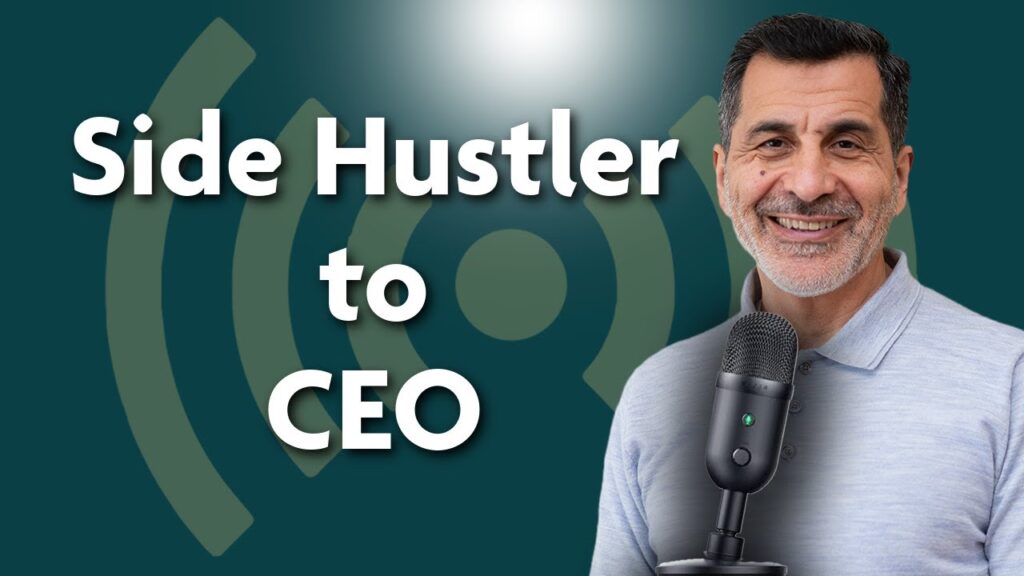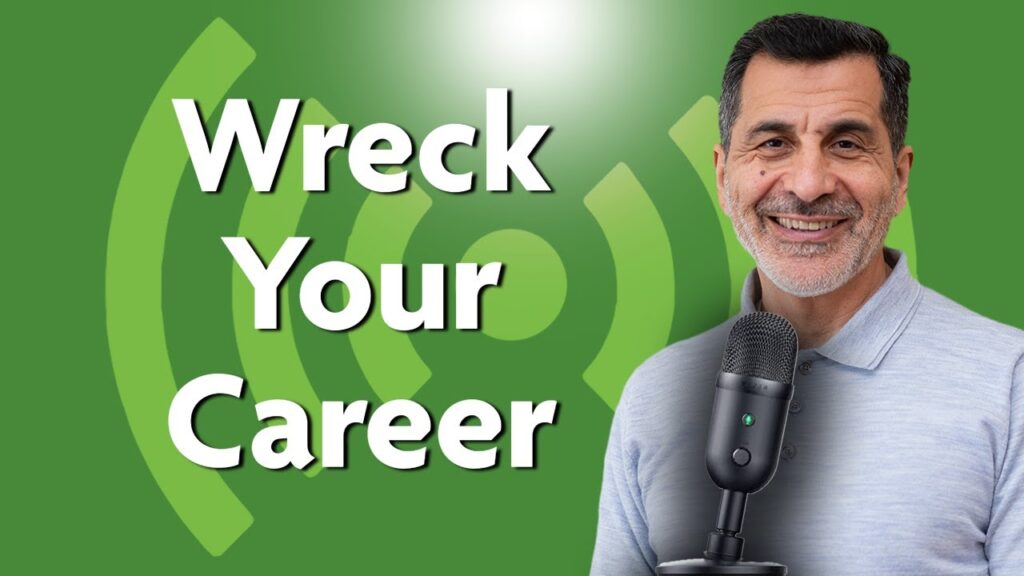The Dark Side of Side Hustling
In this video, I uncover the dark side of side hustling – why it can ruin your career, why most side hustles never turn into anything permanent, and even why some of them are scams.
We can break down side hustles into the following main categories:
1- The first is exchanging your time for money. These are usually unskilled jobs like dog walking, house sitting, babysitting, or working at a coffee shop, and the gig economy that runs on apps and marketplaces like Uber, TaskRabbit, or Doordash.
These types of side hustles are basically a waste of time. They have a low barrier of entry (meaning that anyone can do them), and they don’t develop sought-after professional skills that can boost your earning potential in a job or in your own business.
2- The second type of side hustle is anything that nowadays is thought of as passive income. The only real passive income comes from investments, such as in the stock market, private companies, or real estate. Almost all other passive income “opportunities” are circular schemes that either don’t provide any real income or require much more work than “passive” income should warrant.
3- The final type is side projects that relate to your professional skill. An example of this is an accountant working in a tax agency who takes on clients on the side during his or her free time.
Even though this sounds tempting and harmless on the surface, I am not a fan of it in the long term. Splitting your focus between your day job and your own business prevents you from really excelling at either.
When do I think that side hustling is OK?
1- You need money for a specific life circumstance at a given time.
2- The side hustle is a hobby.
3- You’re learning a new professional skill.
4- You’re testing an idea before launching it as a full-time business.
Watch the video for more on the dos and don’ts of side hustles.




